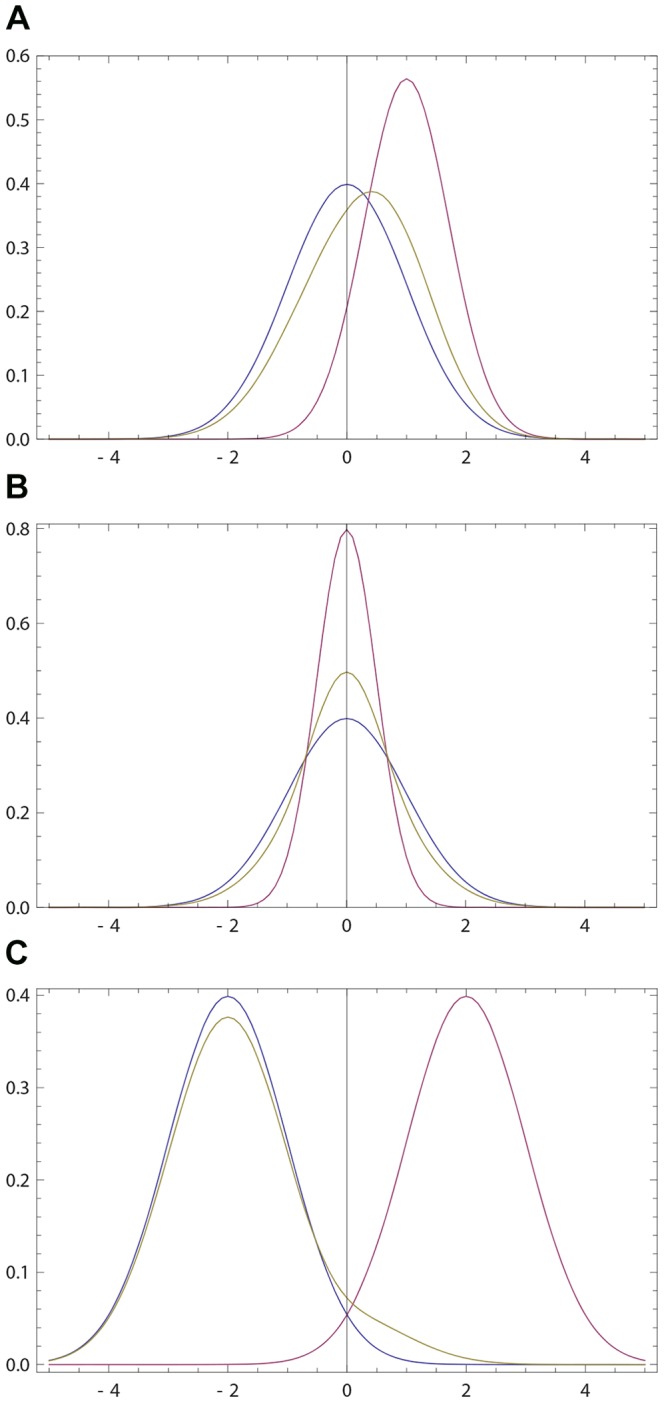Figure 1. Opinions described via Gaussian densities (17).

The initial opinion of  is described by Gaussian probability density p(x) (blue curve) centered at zero; see (17). The opinion of
is described by Gaussian probability density p(x) (blue curve) centered at zero; see (17). The opinion of  amounts to Gaussian probability density q(x) (purple curve) centered at a positive value. For all three figures continuous density f(x) (
amounts to Gaussian probability density q(x) (purple curve) centered at a positive value. For all three figures continuous density f(x) ( ) were approximated by 100 points
) were approximated by 100 points  ,
,  . The resulting opinion
. The resulting opinion  of
of  is given by (16) with
is given by (16) with  (olive curve). (a) The opinion of
(olive curve). (a) The opinion of  moves towards that of
moves towards that of  ;
;  ,
,  ,
,  ,
,  . (b) The maximally probable opinion of
. (b) The maximally probable opinion of  is reinforced;
is reinforced;  ,
,  ,
,  ,
,  . (c) The change of the opinion of
. (c) The change of the opinion of  is relatively small provided that the Gaussian densities overlap only in the region of non-commitment; cf. (18), (19). Whenever the densities overlap only within the rejection range the difference between p(x) and
is relatively small provided that the Gaussian densities overlap only in the region of non-commitment; cf. (18), (19). Whenever the densities overlap only within the rejection range the difference between p(x) and  is not visible by eyes. For example, if p(x) and q(x) are Gaussian with, respectively,
is not visible by eyes. For example, if p(x) and q(x) are Gaussian with, respectively,  ,
,  ,
,  , the Hellinger distance (see (30) for definition)
, the Hellinger distance (see (30) for definition)  is close to maximally far, while the opinion change is small:
is close to maximally far, while the opinion change is small:  .
.
